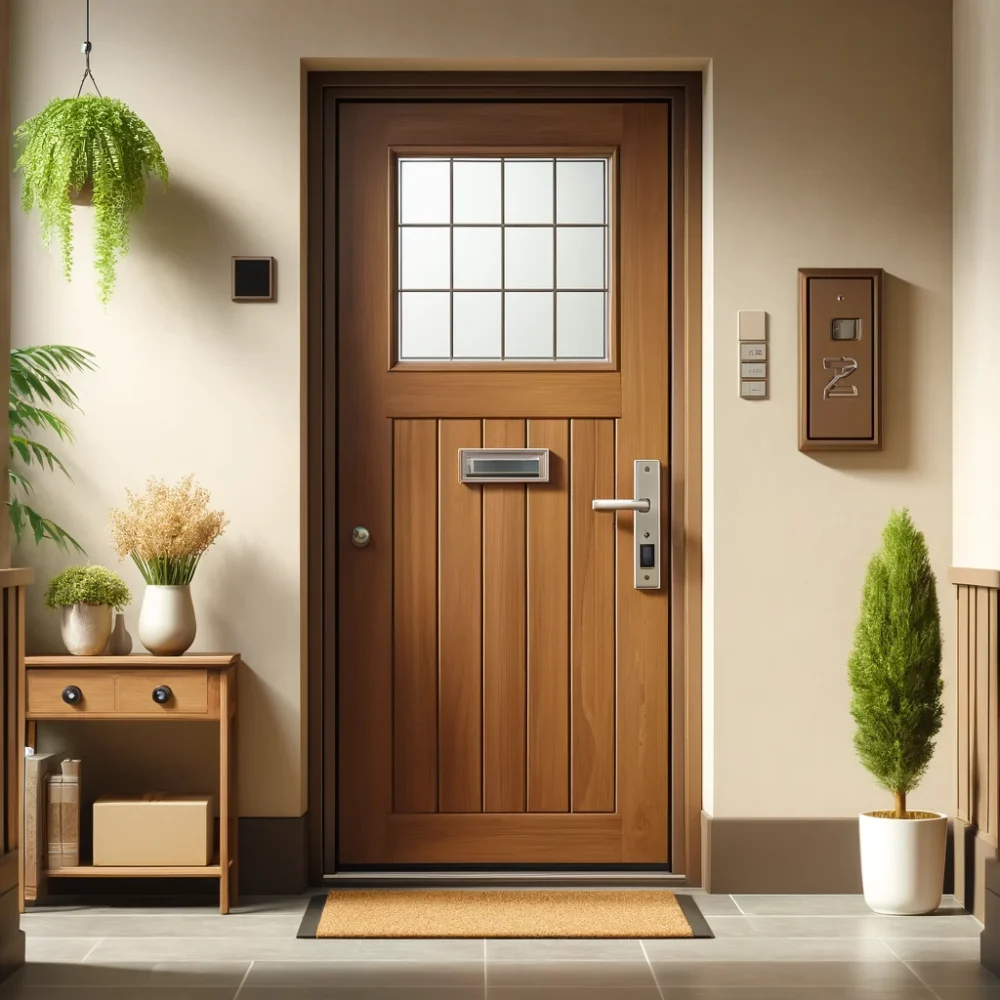‘User-friendly front door’

I recently read a corporate document that promised the creation of ‘a user-friendly front door.’
I’m part of the intended audience, but I can’t explain what the sentence was trying to communicate. I don’t know whether the ‘front door’ is a website, a phone line, a physical location, a team of people, some combination of the above, or something different altogether. It is, apparently, to be an automatic door: it will be ‘using automation to make processes more efficient’.
I enjoyed the delicious irony of the authors failing to communicate while, at the same time, promising to be ‘user-friendly.’ I enjoyed the mixed metaphor of ‘automation’ making ‘a door’ ‘more efficient’. And, most of all, I enjoyed the fundamental absurdity of a ‘user-friendly’ ‘door’.
I was reminded—as I often am—of this from Jeanette Winterson’s 12 Bytes:
When institutional content tries to be more user-friendly, we get marketing-speak clichés like: stakeholders, bad actors, road maps, blue-sky thinking, low-hanging fruit, facilitators, roll-out … Conferences are the worst. I have been to some of them. By the afternoon I am sweating under the mental pressure of translating non-language. We need writers involved – and we need language that speaks to people. This isn’t about dumbing down, it’s about doing what writers do well – finding a clear, precise, everyday language that goes beyond utility, without jargon, with beauty.
The image at the top of this post was generated by DALL·E 3. I note with wry amusement that the AI conception of a ‘user-friendly front door’ has a knob on the left and a handle on the right, making it entirely unclear as to which way the door opens.
This post was filed under: Technology, Jeanette Winterson.